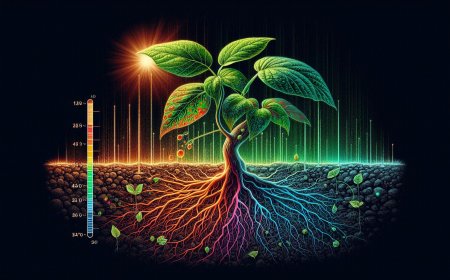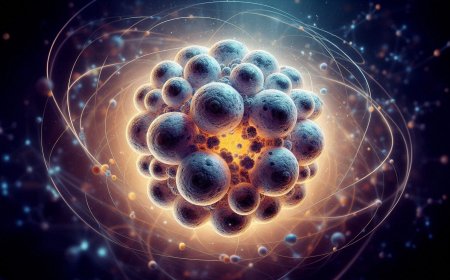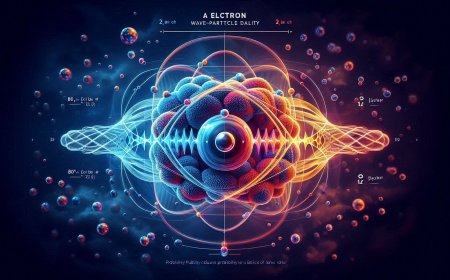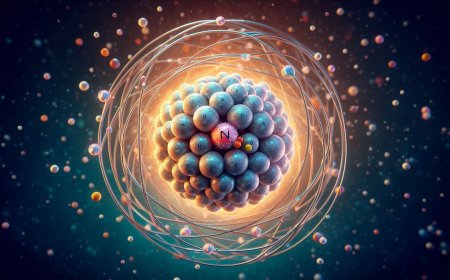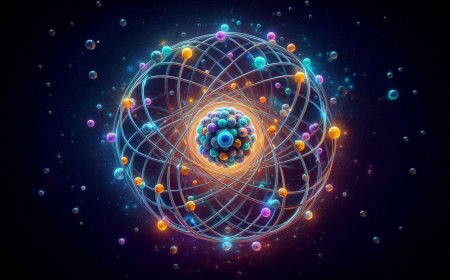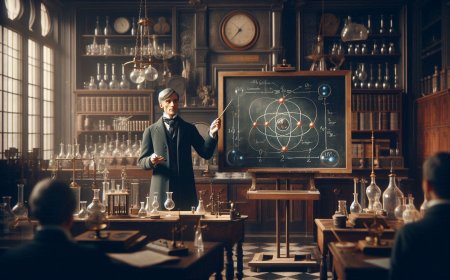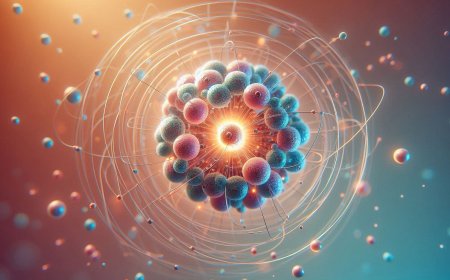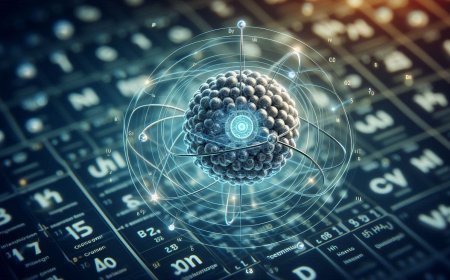Electron: The Tiny Powerhouse of the Atomic World
Explore the fascinating role of electrons in chemistry, from atomic structure to chemical bonding and periodic properties. Learn how electrons drive reactions and define atomic behavior.
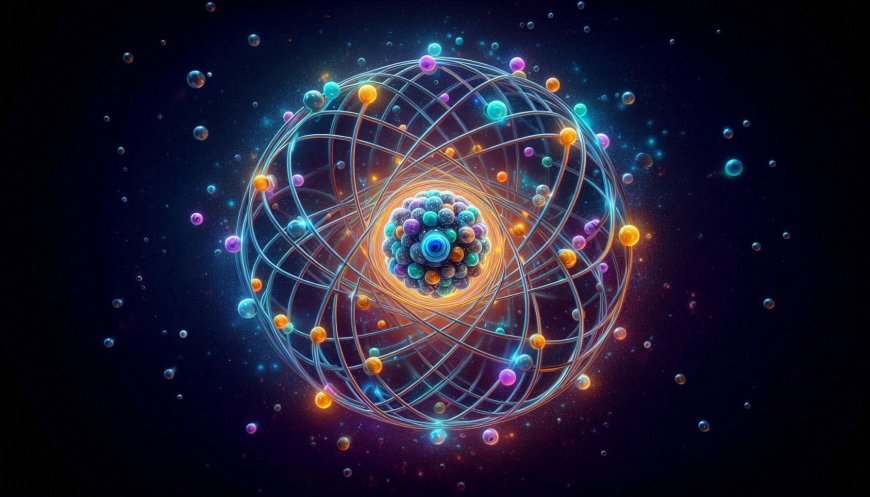
In the intricate world of chemistry, where atoms and molecules shape everything around us, there exists a tiny, dynamic player that carries the key to all chemical reactions, bonds, and the vast range of phenomena we observe in nature—the electron. These incredibly small particles, with a negative charge, reside in atoms and play a defining role in their behavior, interactions, and ultimately, the characteristics of matter itself. But what exactly is an electron, and why is it so essential in the field of chemistry?
What is an Electron?
An electron is a subatomic particle with a negative electrical charge of approximately -1.602 × 10⁻¹⁹ coulombs, and it has an incredibly small mass—about 1/1836 the mass of a proton. Despite its minuscule size, the electron wields a significant influence on the structure of atoms. Found in an "electron cloud" around the nucleus of an atom, electrons are responsible for creating the complex shapes and properties of different atoms and molecules.
Discovery of the Electron
The electron was discovered in 1897 by the British physicist J.J. Thomson. Using a cathode ray tube, Thomson observed that beams of particles (later identified as electrons) were deflected by electric and magnetic fields, suggesting the particles were negatively charged. This groundbreaking discovery marked the identification of the first known subatomic particle, forever changing our understanding of atomic structure.
Electrons and Atomic Structure
Atoms consist of three main particles: protons, neutrons, and electrons. Protons and neutrons form the dense nucleus at the atom's center, while electrons move around this nucleus in regions known as orbitals or shells. Electrons occupy these orbitals according to principles outlined by quantum mechanics, which dictate that each electron has a certain energy level, position probability, and spin. This arrangement of electrons around the nucleus defines the atom's properties and chemical behavior, as electrons are the primary agents in forming bonds with other atoms.
The Role of Electrons in Chemical Bonding
Chemical bonding—the interaction that holds atoms together in molecules—is governed by electrons. Atoms form bonds by sharing, donating, or receiving electrons, creating stability and forming compounds. There are three main types of chemical bonds:
- Covalent Bonds: In covalent bonds, atoms share electrons, creating a strong bond between them. Covalent bonding is common in organic molecules, where atoms like carbon, hydrogen, oxygen, and nitrogen share electrons to form stable structures.
- Ionic Bonds: Ionic bonds form when one atom donates electrons to another, resulting in positively and negatively charged ions that attract each other. For example, sodium (Na) donates an electron to chlorine (Cl), resulting in the formation of NaCl, or common table salt.
- Metallic Bonds: In metallic bonds, electrons are free to move between atoms in a "sea" of electrons, contributing to metals’ conductivity and malleability. This movement of electrons is why metals can conduct electricity so efficiently.
Electrons and the Periodic Table
The arrangement of electrons in an atom determines its position in the periodic table and influences its chemical reactivity. Elements in the same group, or column, share similar electron configurations in their outermost orbitals, which is why they exhibit similar chemical properties. For instance, the alkali metals in Group 1 all have a single electron in their outer shell, making them highly reactive.
The Electron in Modern Chemistry
Today, our understanding of electrons has paved the way for advancements in countless fields, from the development of materials to the study of chemical reactions in medicine and environmental science. Quantum mechanics continues to unlock the mysteries of electron behavior, enabling the design of complex molecules and new materials with precision.
Electrons are also central to understanding chemical reactions in organic and inorganic chemistry, where they participate in the formation and breaking of bonds, release or absorption of energy, and play a role in complex biological processes.
Conclusion
The electron may be a small particle, but it holds the power to dictate the chemical and physical properties of atoms, influencing everything from the stability of compounds to the very essence of biological life. The next time you observe a chemical reaction or use an electronic device, remember that the tiny electron is quietly at work, creating the marvels of chemistry and the foundations of the material world.
What's Your Reaction?







